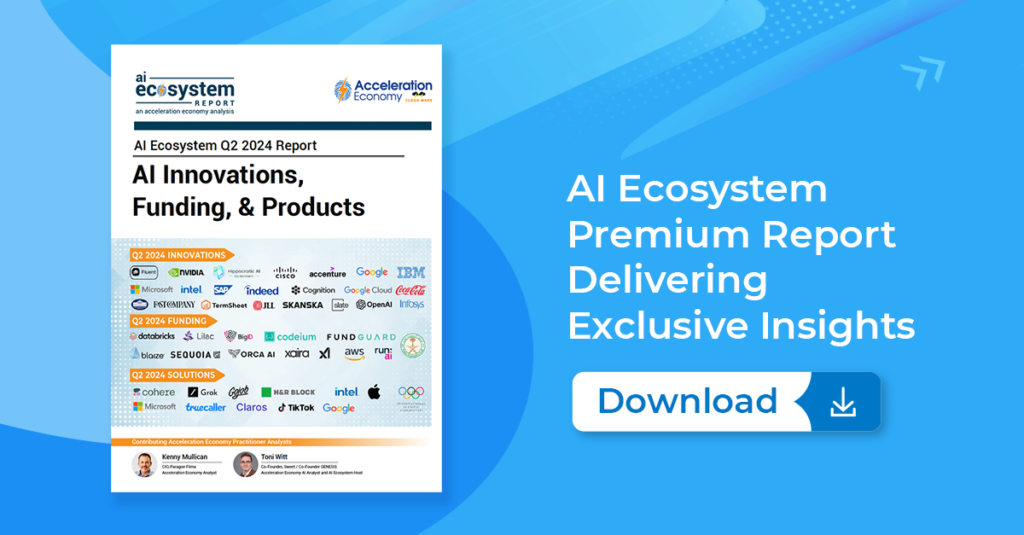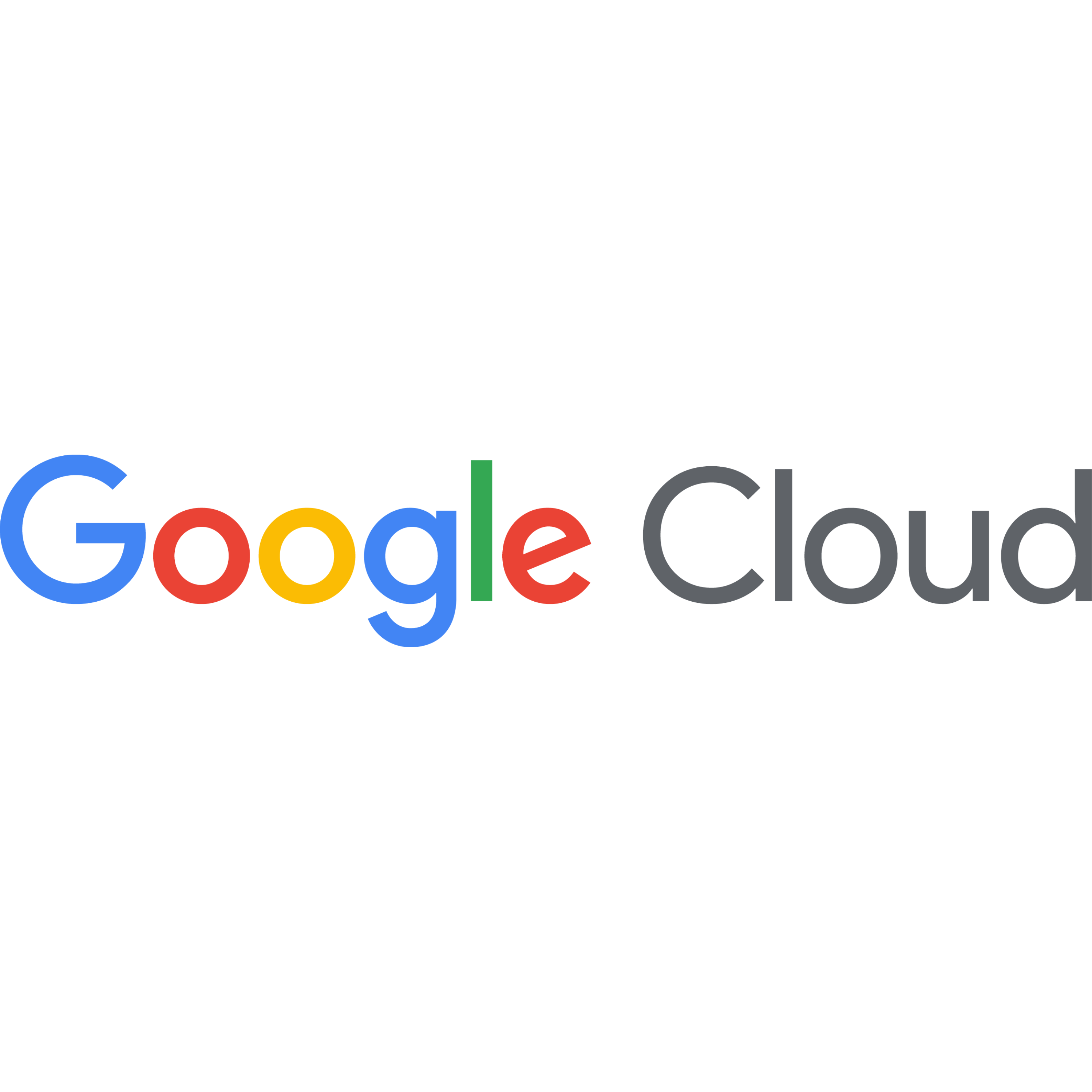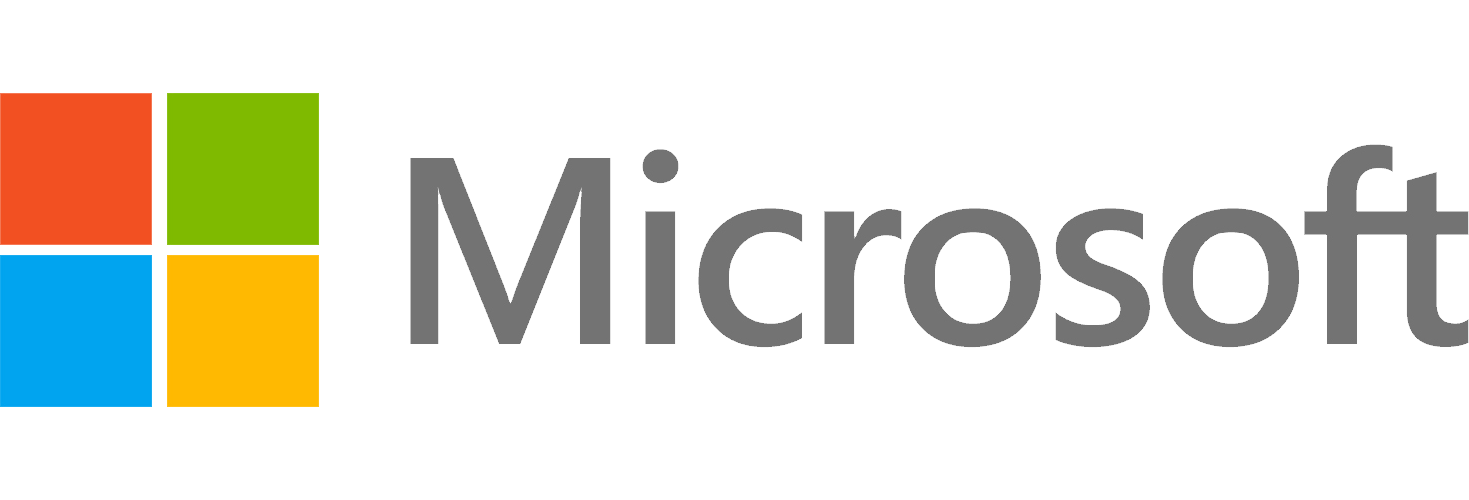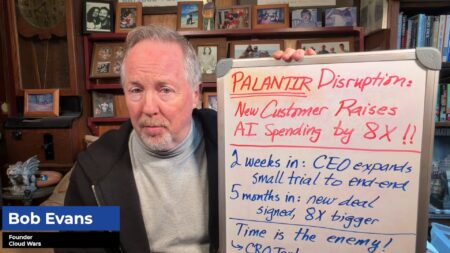
Powered by its massive cloud-infrastructure business and expecting surging contributions from databases, Fusion apps, and Oracle Health and other industry solutions, Oracle disclosed late last week that it expects total revenue to reach $104 billion for its fiscal year 2029.
While that number represents total revenue and not cloud revenue, the trendlines offered by Oracle at its Financial Analysts Meeting late last week lead me to expect that its booming cloud business will account for at least $70 billion of that total.
However that projection turns out a few years down the road, it is indisputable that right here and right now, Oracle is on a tear across all parts of its portfolio with its Oracle Cloud Infrastructure (OCI) business leading the way.
As my colleague Kieron and I shared last week from CloudWorld, Oracle was busy with AI-centric product launches across its entire portfolio — cloud infrastructure, databases, cloud applications, and industry apps. Here’s a quick sampling:
- WATCH: “AWS Joins Oracle Multi-Cloud Parade, and Everybody Wins!“
- “Oracle Delivers 50 GenAI Agents Embedded Across Fusion Cloud Apps Suite“
- “Oracle Customers Outline the Impact of GenAI Across Industries and Use Cases“
- WATCH: “Inside Oracle’s Strategy to Enhance Applications with AI and Deliver Better Business Outcomes with Steve Miranda“
- WATCH: “On Location at Oracle CloudWorld: Oracle Unveils GenAI Agents and Expands Multi-Cloud Integration with AWS“
- WATCH: “Google Cloud + Oracle: A Conversation With Google Cloud’s Amit Zavery“
- WATCH: “On Location at Oracle CloudWorld: Oracle Announces OCI Zero Trust Pack Routing“
- WATCH: “On Location at Oracle CloudWorld: Customers Tout AI and Multi-Cloud Benefits in Catz, Ellison Keynotes“
- WATCH: “On Location at Oracle CloudWorld: AWS Deal Vaults Ellison’s Multi-Cloud Vision to New Heights“
That relentless innovation in both products and go-to-market approaches has triggered powerful customer demand that chairman Larry Ellison and CEO Safra Catz say is only just beginning.
At various times during the CloudWorld event, Ellison highlighted the landmark multi-cloud partnerships that his company initiated with erstwhile rivals Microsoft, Google Cloud, and AWS. But during last week’s event, Oracle trumped those announcements by not only talking about them but also having top executives from Google Cloud and AWS speak on the main stage side-by-side with Oracle leaders, including Ellison.
Translating That Action Into Revenue
And it was on the final day of the event during Oracle’s annual Financial Analyst Meeting that the company rolled out its vision for steep growth over the next 5 years, culminating in fiscal-2029 revenue of $104 billion.
Following sessions with Oracle’s top product executives describing how their differentiated technologies and services are driving new levels of innovation and business outcomes for customers, executive vice-president of operations Doug Kehring took the stage to describe how that tech momentum will translate into bigger and bigger commitments from Oracle customers.
Kehring began by citing a key fiscal-Q1 financial result: RPO was up 52% to $99 billion, following fiscal-Q4 RPO results of 44% growth to $98 billion. Those soaring future commitments that are not recognized as revenue are an indication of powerful customer demand well into the future, he said, and underscore the three core reasons why Oracle is bullish on its future:
- Oracle believes it has the best cloud products and technologies;
- Its sales organization is converting that technological superiority into customer wins marked by larger and larger commitments; and
- Oracle is aggressively and successfully building out data-center capacity to support future growth.
Ask Cloud Wars AI Agent about this analysis
Kehring then laid out an interesting view of Oracle’s strategy based on the theme of transformation:
- transforming data with its Cloud and AI database, analytics, and infrastructure;
- transforming functions and applications with AI and Fusion and NetSuite applications;
- transforming processes with the combination of all of its portfolio and its Customer Success Services; and
- transforming entire industries with its industry-specific solutions.
On top of that technological and strategic foundation, Kehring said, Oracle is willing and able to go to market in a highly diversified manner that gives customers more deployment options than any other cloud provider. Those wide-ranging deployment options, Kehring said, are the direct result of Oracle’s highly differentiated technologies.
For example: Oracle can offer a customer an entire, complete Oracle Cloud region with just three racks. By comparison, Kehring said, Oracle believes that the entry-level requirements from its competitors — Microsoft, Google Cloud, and AWS — are 140X greater than what Oracle can offer.
All of that, Kehring said, is fueling the stunning growth Oracle is seeing in its RPO:
— across fiscal 2020-2021-2022, RPO CAGR was 12%, but
— across fiscal 2022-2023-2024, RPO CAGR was 46%.
Here are the segments behind that surge:
- converting on-premises customers to the cloud;
- winning net-new customers with unique technology; and
- embracing and championing multicloud to give customers more choice.
In particular, Kehring said, the nascent market for AI companies that barely existed just two years ago has clearly shown that Oracle has become the infrastructure vendor of choice because of its unique technology and superior performance. “These companies have lots of budget,” Kehring said, “and as they evaluate various vendors, they’re concluding that we have the best tech to do what they need.”
On top of that, no other hyperscalers offer these types of unique approaches:
— Alloy, which enables customers to become cloud providers to their regulated markets or geographic regions; and
— Dedicated Region Cloud@Customer, which I have cited as a potentially booming business for Oracle: “Larry Ellison Will Rock the Cloud: Dedicated Regions for Every Customer.”
Rolling all that up, Kehring said, Oracle believes it can double its total revenue — not just cloud —from FY24’s $53 billion to projected FY29 revenue of $104 billion.
And of that, I expect cloud revenue to be about $70 billion to $75 billion.
Proving that, yet again, life in the Cloud Wars is never dull!

The AI Ecosystem Q2 2024 Report compiles the innovations, funding, and products highlighted in AI Ecosystem Reports from the second quarter of 2024. Download now for perspectives on the companies, innovations, and solutions shaping the future of AI.












